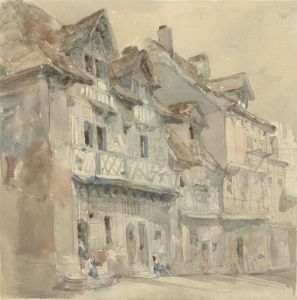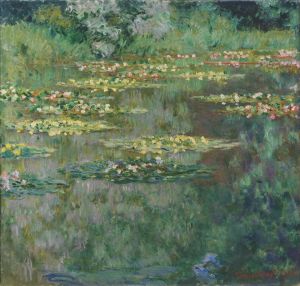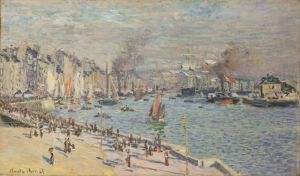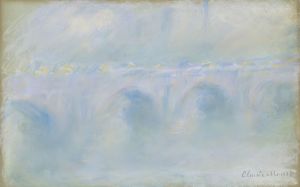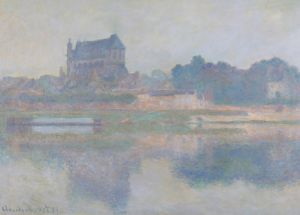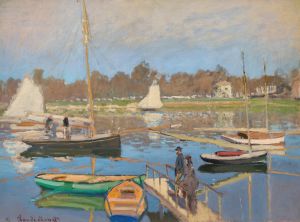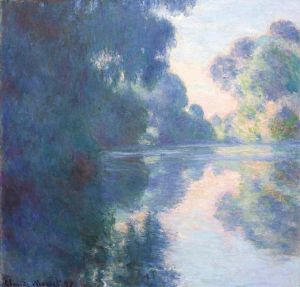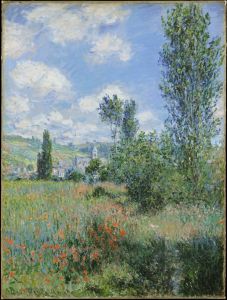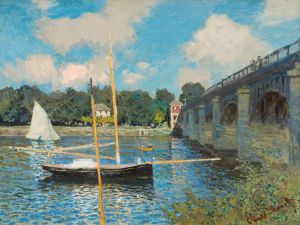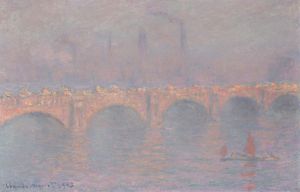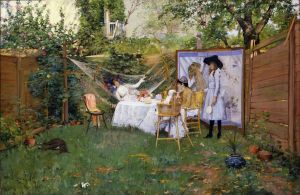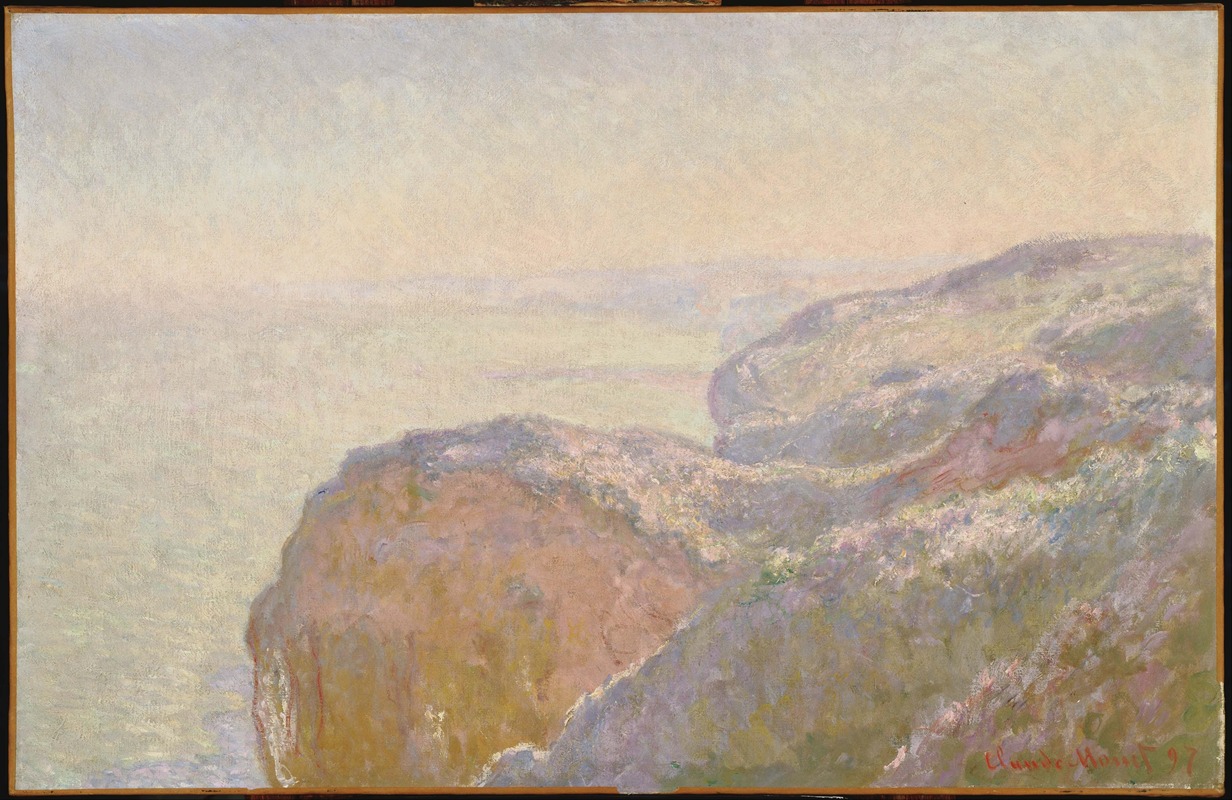
Val-Saint-Nicolas, near Dieppe
A hand-painted replica of Claude Monet’s masterpiece Val-Saint-Nicolas, near Dieppe, meticulously crafted by professional artists to capture the true essence of the original. Each piece is created with museum-quality canvas and rare mineral pigments, carefully painted by experienced artists with delicate brushstrokes and rich, layered colors to perfectly recreate the texture of the original artwork. Unlike machine-printed reproductions, this hand-painted version brings the painting to life, infused with the artist’s emotions and skill in every stroke. Whether for personal collection or home decoration, it instantly elevates the artistic atmosphere of any space.
"Val-Saint-Nicolas, near Dieppe" is a painting by the renowned French Impressionist artist Claude Monet. Monet, a leading figure in the Impressionist movement, is celebrated for his innovative approach to capturing light and atmosphere in his landscapes. This particular painting is one of many works Monet created that depict the French countryside, showcasing his fascination with natural settings and his mastery of plein air painting.
The painting was completed in 1897, during a period when Monet was extensively exploring the landscapes of Normandy, a region in northern France. Dieppe, a coastal town in Normandy, and its surrounding areas provided Monet with a rich tapestry of natural beauty, which he translated onto canvas with his characteristic brushwork and vibrant palette. The Val-Saint-Nicolas area, with its rolling hills and lush vegetation, offered Monet a serene and picturesque subject.
Monet's technique in "Val-Saint-Nicolas, near Dieppe" exemplifies his Impressionist style, characterized by loose, rapid brushstrokes and a focus on capturing the transient effects of light. The painting likely features a harmonious blend of colors, with an emphasis on the interplay between light and shadow, which Monet used to convey the mood and atmosphere of the scene. This approach allows viewers to experience the landscape as Monet might have, with a sense of immediacy and presence.
During the late 19th century, Monet was deeply engaged in exploring the effects of changing light and seasons on the landscape. His works from this period often reflect a keen observation of nature and a desire to capture its ephemeral qualities. "Val-Saint-Nicolas, near Dieppe" fits within this broader context of Monet's oeuvre, where he sought to depict the beauty and dynamism of the natural world.
Monet's choice of subject matter in this painting aligns with the broader Impressionist movement, which often focused on everyday scenes and natural landscapes rather than historical or mythological themes. This focus on the ordinary and the natural was a departure from the more formal and structured compositions that dominated earlier art movements.
The painting is part of a larger body of work that Monet produced during his travels in Normandy. This region, with its diverse landscapes and coastal vistas, was a significant source of inspiration for Monet and other Impressionist painters. The Normandy series, including "Val-Saint-Nicolas, near Dieppe," highlights Monet's dedication to capturing the essence of the French countryside.
Today, Monet's works are celebrated for their innovative approach to color and light, and they continue to be studied and admired for their contribution to the development of modern art. "Val-Saint-Nicolas, near Dieppe" is a testament to Monet's skill as a painter and his ability to convey the beauty of the natural world through his unique artistic vision.





